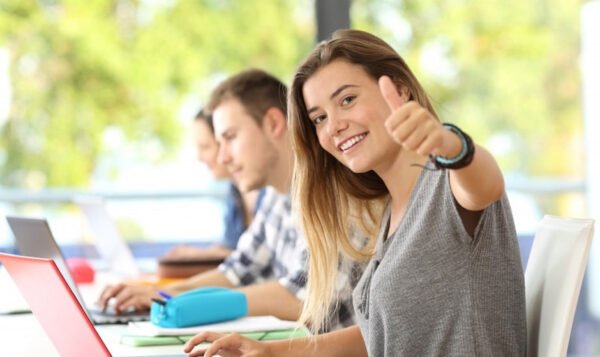Understanding Pickleball Scoring: Rules and Equipment

Introduction
If you’ve recently taken an interest in pickleball, you’re not alone. The sport has been gaining immense popularity, with professional leagues, celebrity tournaments, and the Major League Pickleball season captivating enthusiasts worldwide. Whether you’re a seasoned player or a novice with a new paddle, this article will provide a comprehensive overview of pickleball, including its rules and the essential equipment required to dive into the game.
The Pickleball Court
Pickleball is played on a compact court that measures 20 feet by 44 feet, which is similar in size to a badminton court. This size is consistent for both singles and doubles play, offering a unique dynamic to the game. In comparison to a standard tennis court, a pickleball court occupies only one third of the surface area. The smaller dimensions lead to faster gameplay, requiring players to react quickly and emphasize precision shots.
The net height in pickleball mirrors that of a tennis court, standing at 36 inches on the ends and 34 inches in the middle. To offset the advantage of the shorter court, a 7-foot non-volley zone, often referred to as “the kitchen,” is established on either side of the net. This zone creates a buffer between players and ensures that teams receiving a volley (a shot hit from the air, not on a bounce) have a fair opportunity to return the ball. Hitting a volley while standing in the kitchen results in a fault.
The Pickleball
An official pickleball weighs between 0.78 to 0.935 ounces and measures 2.87 to 2.97 inches in diameter. The design of the ball can vary based on the type of court. Outdoor pickleballs have approximately 40 small holes evenly spaced around the surface, resulting in a smoother, harder, and slightly heavier ball. On the other hand, indoor pickleballs, designed for wooden surfaces like gym floors, feature a softer plastic with a minimum of 26 larger, circular holes.
The only requirement regarding the ball’s color is that it must be uniform and provide contrast to the court, ensuring visibility.
The Paddle
In contrast to tennis racquets, pickleball paddles are constructed from rigid, non-compressible materials according to USA Pickleball rules. These paddles are predominantly made from wood or composite materials and typically feature a smooth surface.
While paddle lengths can vary, it’s essential to note that an official paddle cannot exceed a combined length and width of 24 inches. However, there are no specific restrictions on the weight of a paddle.
The Game
Pickleball shares similarities with other racquet sports like tennis, ping pong, and badminton, but it distinguishes itself with a smaller court area, resulting in shorter reaction times, akin to ping pong. Games are played to 11 points, with the requirement of winning by two points.
In doubles play, the player in the right service position (Team 1) serves the ball with an underhand swing below the waist while standing behind the service line. The server calls out the score and “two,” signifying “zero-zero-two.” To diminish the advantage of being the first to serve, the initial server starts as the second server.
The serve must land in Team 2’s right service area, or it’s considered a fault. If the server from Team 1 doesn’t fault and wins the point, the server and Team 1 partner switch service areas, and the score becomes “one-zero-two.”
Conversely, if the server faults or misses a return, Team 2 takes over. The player in the right service area delivers the first serve and calls out “zero-zero-one.” If Team 2 faults or fails to return the ball, the next serve goes to the second player on Team 2, who calls out “zero-zero-two.”
Only the serving team can score points; the receiving team cannot accumulate points.
Popularity
Pickleball’s popularity is on the rise, with approximately 4.8 million players in the United States and Canada by the end of 2021, as reported by Places2Play, an online database compiled by USA Pickleball. The 2022 Sports & Fitness Industry Association (SFIA) Single Sport Report on Pickleball indicated a remarkable 14.8% growth from 2020 to 2021, with an average annual growth of 11.5% in the past five years.
Of the 4.8 million pickleball players, 1.4 million are considered “core” players, meaning they play eight or more times a year. Surprisingly, nearly a third of these core players are aged 65 or older, showcasing the sport’s accessibility and appeal across different age groups.
For a complete list of rules and scoring basics, you can refer to USA Pickleball’s resources, but the best way to learn is by playing with those familiar with the game.
In conclusion, pickleball is not just a sport; it’s a rapidly growing movement with a diverse and enthusiastic community. As you step onto the pickleball court, armed with your knowledge of the game’s rules and the right equipment, you’ll be ready to enjoy the thrill of this exciting sport.



